Why Is There a Lack of New Users in the Cryptocurrency Market?
At present, cryptocurrency marketing has become increasingly challenging, with intensified competition, fragmented target audiences, immature technology, and diminished user trust. This article is adapted from Emily Lai’s work and compiled by Deep Tide Techflow.
(Background: Dr. Ge Rujun from Baoshu: Taiwan is ready with Bitcoin reserves! A special cryptocurrency law “If it’s not good, it’s better not to have it.”)
(Further Background: Two months after Trump took office, what changes have been brought by the U.S. cryptocurrency regulatory policies?)
Cryptocurrency Marketing Work Is Dazzling
From choosing the right channels, to message delivery, and team coordination. Should you invest in holding an event? Should you launch an ambassador program? How should you design incentives for hackathons? There’s always something to do. A good marketer simplifies the process, sets plans, executes tasks, and helps you save budget.

However, cryptocurrency marketing has become increasingly challenging. What has happened? What can we, as founders, builders, and marketers, do?

Why? Here are three reasons: No new users!
Reason 1: Intensified Competition
The entire cryptocurrency ecosystem’s chains, infrastructure, and decentralized apps (dApps) are saturated, with each project using its own token to grab attention.


According to data from @DefiLlama, there are currently over 356 blockchains. After a speech, I spoke with @cattybk (from @thirdweb), and he told me they have collaborated with over 2000 EVM chains alone. I then checked data from @coingecko:
- Over 8700 L1 chains
- Over 5200 L2 chains
In addition, there are:
- Over 1500 AI agents according to @cookiedotfun
- Over 50,000 new tokens daily according to @pumpdotfun and @Dune

The question is, are new users coming to support these new chains, infrastructure, dApps, and tokens? Looking at the total value locked (TVL), the performance of this cycle is similar to the previous one, consistent with the trend of the term “cryptocurrency” in Google search trends — periodic declines in search volume indicate that mainstream users’ interest is waning.
Even if new users come in, they face the choice of hundreds or thousands of chains, not to mention hundreds of wallets. This is even more confusing than before.


Reason 2: Fragmented Target Audience
The audience in the cryptocurrency space is diverse, with each group having different motivations, further fragmenting the market.

Developers and Builders:
If you are a blockchain/network/ecosystem developer, you need to attract developers to build applications that can attract new users. This requires developer marketing and onboarding guidance. Developers’ motivations may include: wanting to use your tech stack to realize unique ideas, obtaining development funding, or seeing greater success opportunities due to network effects and distribution capabilities.
Customers and Users:
If you are a protocol, dApp, middleware, or service provider, you need to attract users to generate revenue. For the ecosystem, dApp teams may be seen as customers. It’s important to note that users and token holders are not always the same, and token holders may just be speculators who don’t actually use your product.
VCs, Angels, and Other Investors:
These groups provide funding, and their motivation is to gain return on investment (ROI), typically through tokens, and the performance of the tokens is not always directly related to the technology, user numbers, or developer numbers.
Retail and Token Speculators:
These people might be your users or not. Their goal is also high ROI through token trading profits.
Technical Partners:
These are usually other infrastructure or middleware projects. As blockchain expands in speed, security, and cost, it has given rise to an entire middleware infrastructure field, including chain/wallet abstraction, cross-chain bridges, interoperability, modularity, etc.
There are also service providers, including blockchain explorers, ad tech, unlocking software, etc. These partners are typically a broad audience that needs to be targeted, which is why business development (BD) is so popular in the industry.
Listing Partners:
Including trading platforms, launch platforms, market makers, intermediaries, and KOL trading. The performance of these groups directly affects your token’s success, and their motivation is often tied to ROI.
Regulators and Institutional Investors:
These audiences can bring large liquidity and may also lead to your company’s failure.
Apart from these audience types, the globalization of the crypto industry further fragments the market. This means understanding cultural differences, coordinating message delivery across different time zones, and managing localized marketing efforts.
All of this makes cryptocurrency marketing more difficult, while Web2 marketing is more direct, message delivery is clearer, and motivations are more consistent.
For example:
- Sales of health supplements: Targeting health-conscious people, the elderly, and high-income individuals.
- Sales of winter coats: Targeting people in cold climate areas, skiers, mountaineers, and snowboarders.
- Sales of protein powder: Suitable for fitness enthusiasts and bodybuilders, excluding vegetarians (if it’s whey protein).
Reason 3: Immature Technology and Damaged User Trust
According to statistics, Bitcoin has been declared “dead” 415 times since its inception. In addition, the cryptocurrency industry is notorious for fraud, money laundering, and crime.
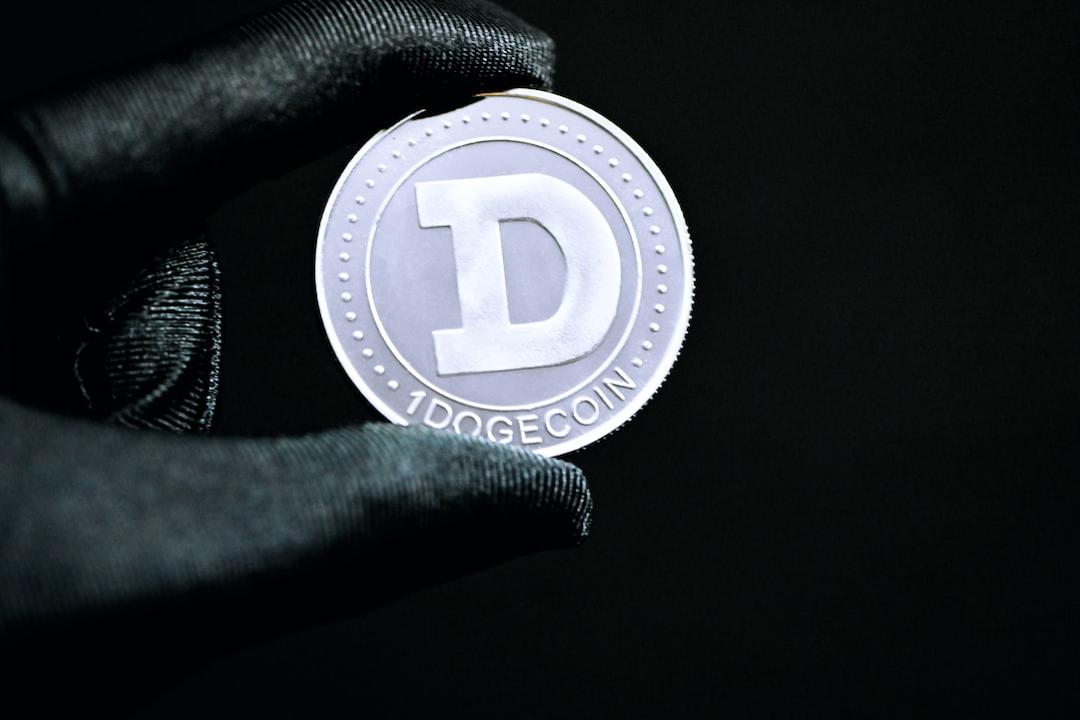
In 2021, the boom in NFTs and the Metaverse attracted a large number of new users. Many celebrities entered the space. If you were in the industry at the time, you might have received many inquiries from old friends.
However, everything stopped when issues arose: high gas fees, token price crashes, and painful user losses. These problems led to a reputation crisis and loss of trust.
Mainstream users left the market, and we entered a building (bear market) cycle, along with thousands of new chains and middleware.

So, why are you still here? I don’t know, please take a deep breath, calm down, and tell me your reason (I truly want to hear your story, it’s also important for your marketing).
For me, I fell into the Bitcoin “rabbit hole” in 2013 in a university apartment because I loved its values of sovereignty and self-sufficiency. Since then, I’ve also seen cryptocurrencies being widely used in places like Argentina, Indonesia, and Turkey.
For example, I survive mainly on crypto stablecoins in Buenos Aires, Argentina, to cope with the crazy inflation there:
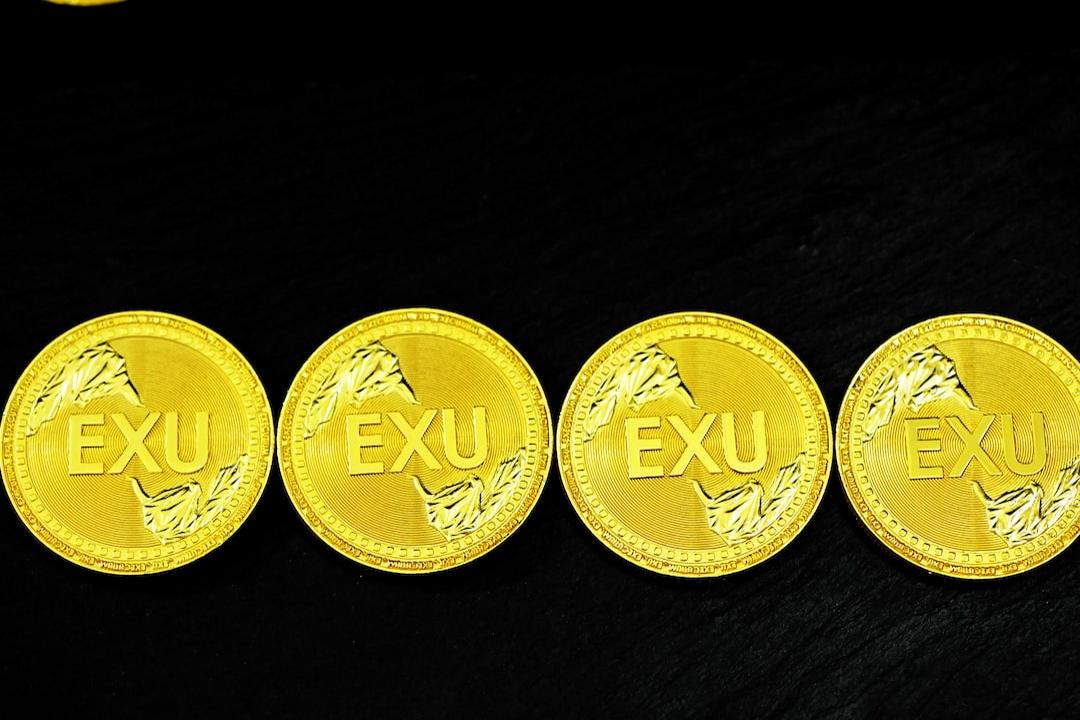
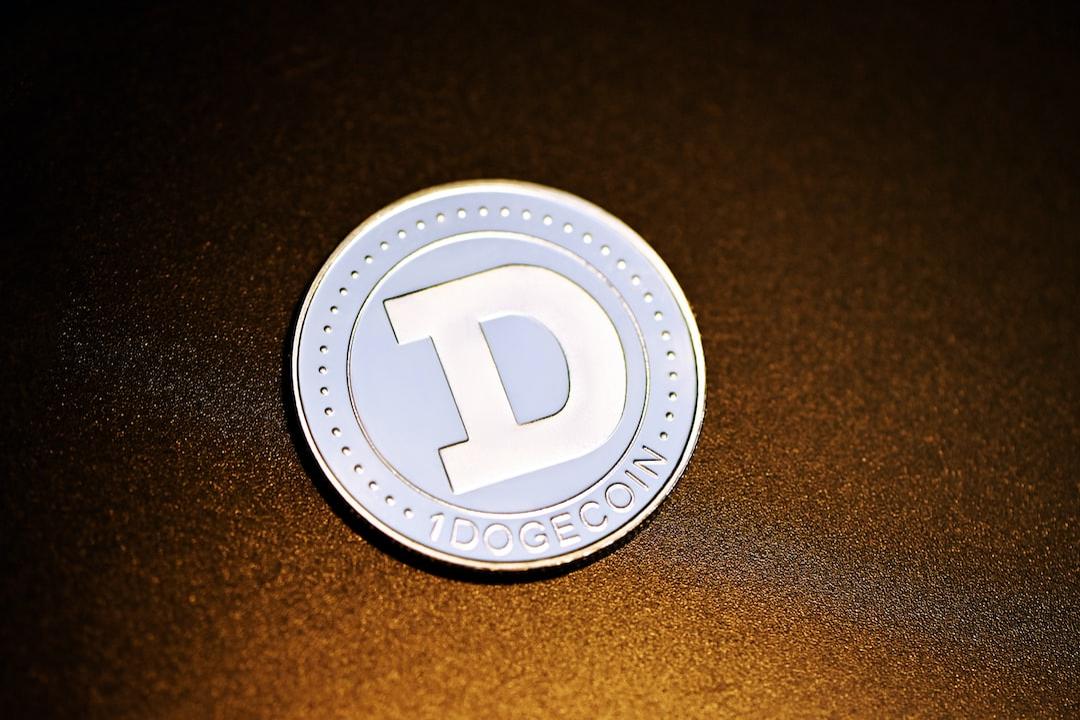
In addition, many companies are using blockchain technology and abstracting it entirely. Kudos to @benLLS from @octantapp, who mentioned @jia_DeFi, a company helping emerging markets unlock capital and opportunities, and Hala Systems, dedicated to reducing harm, improving safety, and stabilizing communities.
There are also companies like @bombocommunity that secure music ticketing through NFTs while abstracting away the crypto language. @cattybk also mentioned blockchain-based casual games that are acquiring users outside of encrypted Twitter.
Moreover, @mariashen (from @electriccapital) publishes annual developer reports. Although the number of developers has decreased from the previous cycle, Web3 developers are still growing overall, indicating that we haven’t attracted net new users.

The Reality Is: We Are Still in the Early Stages After 16 Years

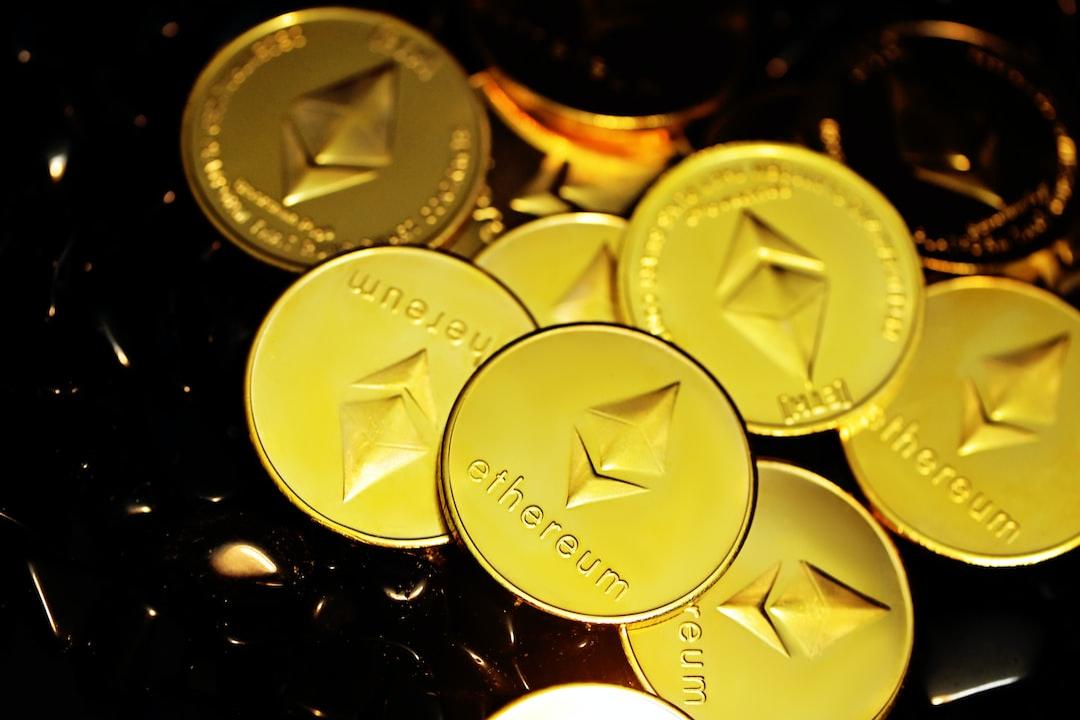
We have crossed the chasm, the mainstream market with high risk tolerance has accepted Bitcoin and views cryptocurrency as an asset class.
But we have not conveyed to them why they need thousands of blockchains, let alone an app that they can use daily, surpassing Instagram, Temu, TikTok, WhatsApp, or ChatGPT (the popularity of these platforms is far outpacing the crypto industry).
What does this mean? Are we not building what people need? Or… is it just not mature enough yet?
I believe there are many kind-hearted people in this industry, willing to drive social progress. I know some of them. For example, @vijaymichalik, @arlery, @motherpredicte, @divine_economy, @alipaints, and these are just a few.
If you’re building the cryptocurrency industry with goodwill, what marketing fundamentals do you need to master and apply?
These are two slides I often present in my “What is Marketing?” talk, essentially distilling marketing strategies into four words.

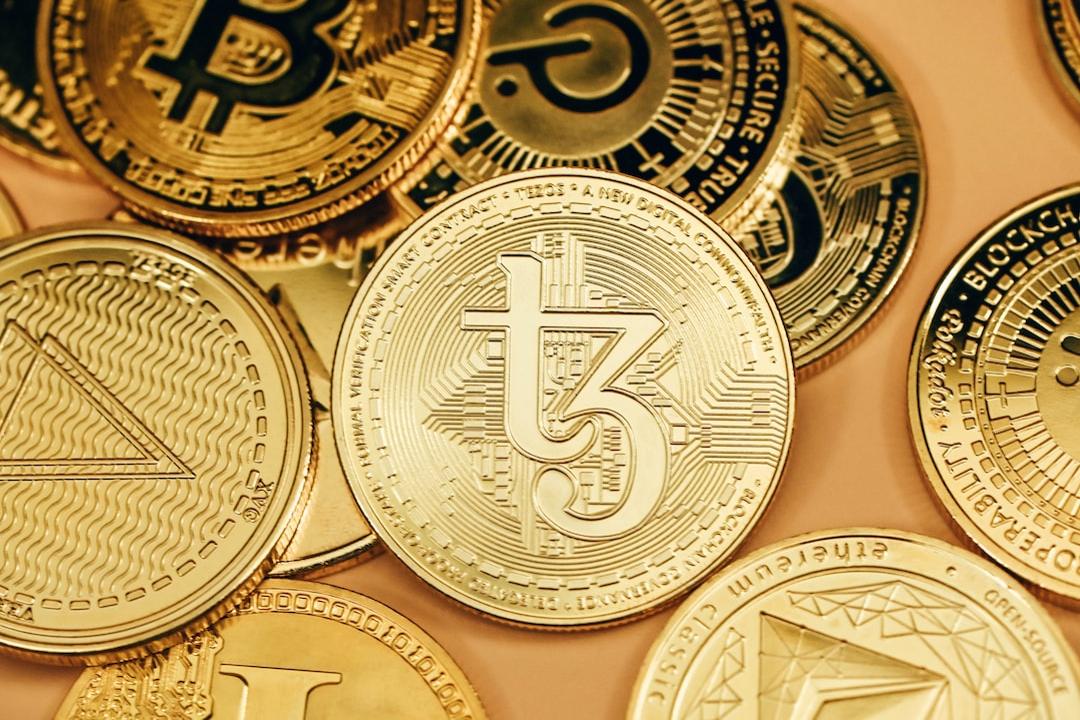

You can see a more detailed explanation of this content in my video collaboration with @modenetwork: Click to watch.
There’s also a version shared at the last India Blockchain Week (@ibwofficial), mainly discussing the background of founders/personal brands, with @megaeth_labs as an example: Click to watch.
Three Key Tips for Acquiring Crypto Users


The cryptocurrency space has seven types of audiences, spread across multiple geographies. In addition, your internal team members (business development, product, marketing, creative, legal, etc.) also need to collaborate.
In one of @moremarketsxyz’s AMOS series, hosted by @xkonjin, I joined @reka_eth, and we invited @jaambutties (CMO of @nillionnetwork) to share how he coordinates brand events. This coordination allows all stakeholders to participate, amplifying your marketing efforts and helping break through and capture the scarce and valuable attention in this space.
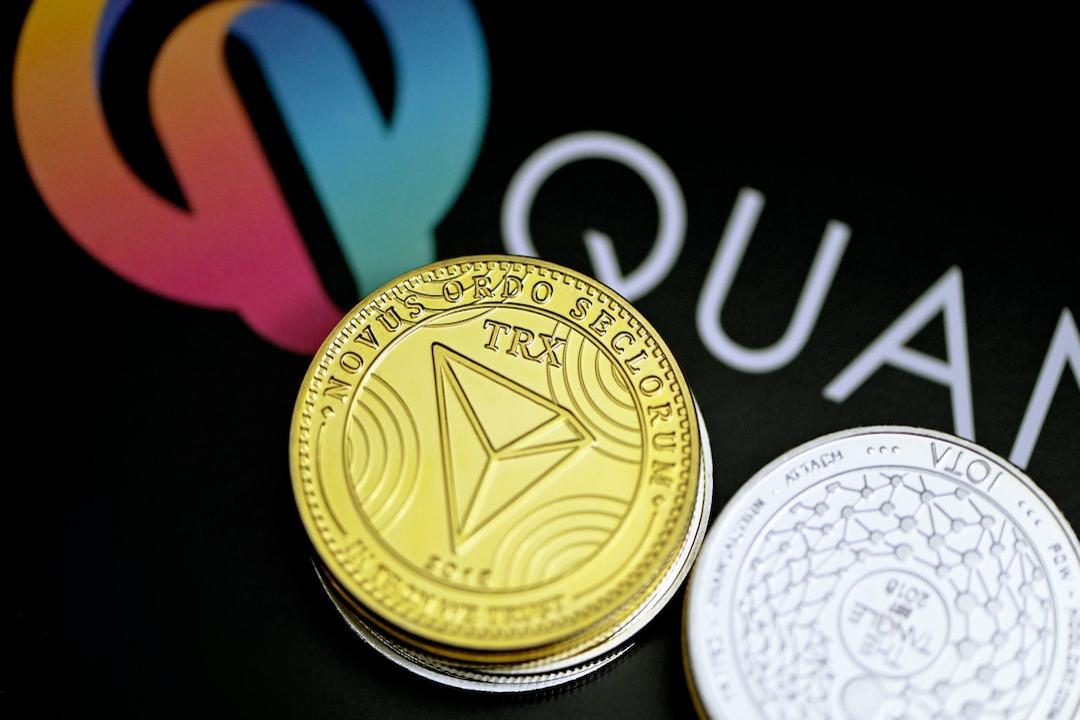


Ultimately, due to the early stage of technology and extreme saturation of the industry, we do need to do things that cannot scale. This includes onboarding new users one by one, engaging personally, and educating them.
Although I truly enjoy showing @pumpdotfun to friends who have never touched the crypto field, I also have to give great credit to @a1lon9:

What’s Even Better?
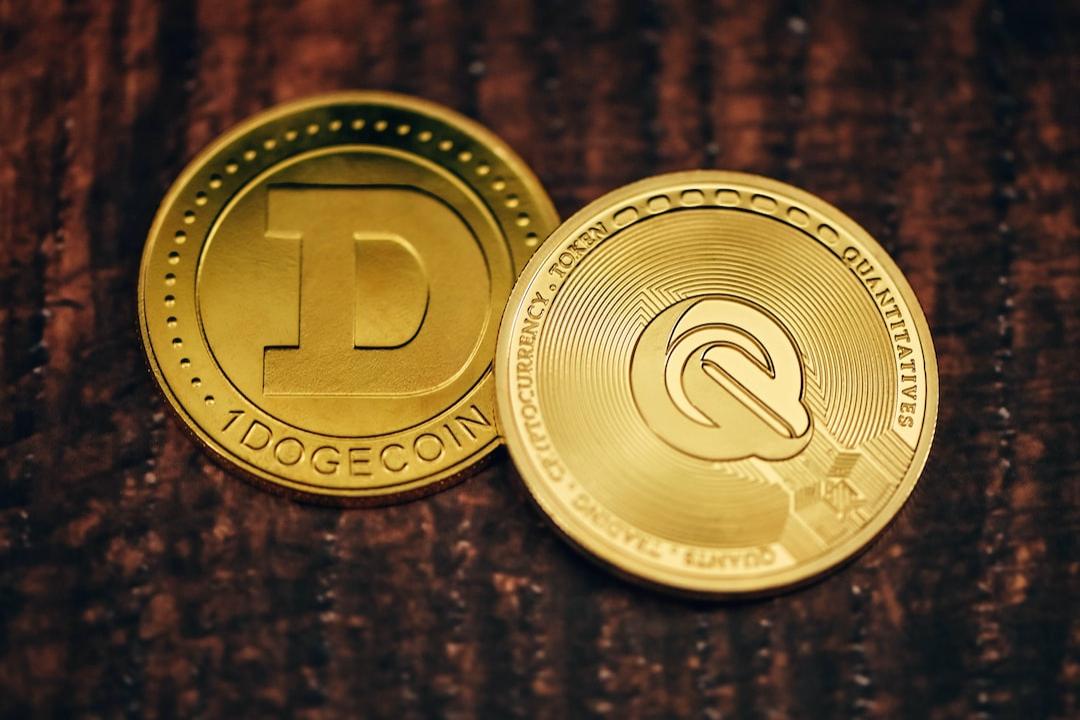
To break through the distraction of attention, you need consistent messaging and content output to stay relevant.
This is why founders reply to tweets, why they participate in AMAs (Ask Me Anything), and even appear in live-streamed videos. This is also why teams record events.
Talking to users, developers, investors, and customers, telling their stories, while also receiving valuable product feedback.

My friend @shayyydz chose her first crypto wallet. As of writing, this article has received 5200 views because she chose @rainbowdotme.
Finally, if you’re a founder or builder — this is the most important thing:

Let’s return to the earlier question “Why are you still here?” and conduct self-confirmation.
No one understands your “why” better than you. Tell us why you’re building, why it’s important. These stories are not only the vision you communicate to your team, but also the core content you use to recruit new members, attract investors, and build a community.
Repeat these stories, try different content formats.
Thank you for reading this far. If you’re willing, please also tell me your story.



